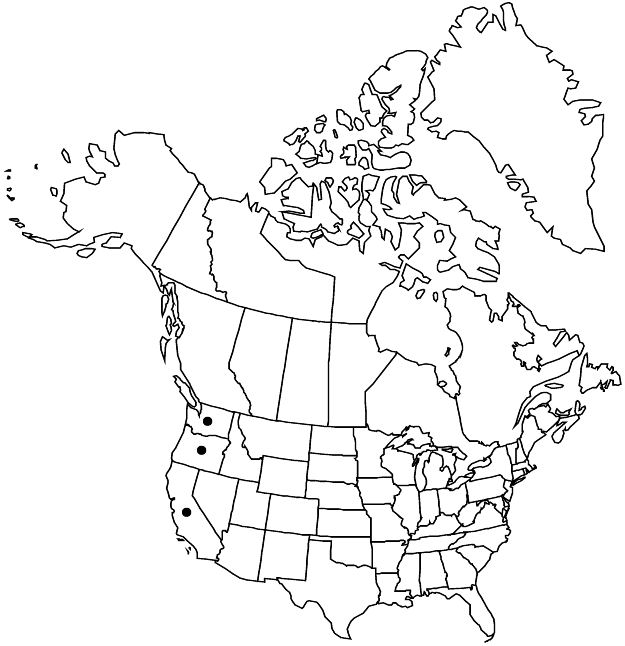Euphorbia oblongata
Spic. Fl. Rumel. 1: 136. 1843.
Herbs, perennial, with woody taproot. Stems erect, unbranched or densely branching, 80 cm, often densely villous (especially young stems and pleiochasial branches). Leaves: petiole absent; blade oblong to narrowly obovate or lanceolate, 15–70 × 6–25 mm, base rounded or truncate, margins finely serrulate, apex obtuse, mucronulate, surfaces glabrous; venation inconspicuously pinnate, midvein prominent. Cyathial arrangement: terminal pleiochasial branches 3–5, each 2–3 times 2–4-branched; pleiochasial bracts ovate, similar in size to distal leaves; dichasial bracts distinct, ovate to suborbiculate, base truncate or rounded, margins entire or finely denticulate, apex obtuse, sometimes mucronulate; axillary cymose branches 0–4. Cyathia: peduncle 1–5 mm. Involucre cupulate to slightly turbinate, 1.5–2.5 × 1.3–1.5 mm, glabrous; glands 2–3, elliptic, 0.6–0.8 × 0.8–1.2 mm; horns absent. Staminate flowers 15–40. Pistillate flowers: ovary glabrous; styles 1.5–2 mm, 2-fid. Capsules globose, 3–4.5 × 3–4.5 mm, slightly 3-lobed; cocci rounded, verrucose-tuberculate, glabrous; columella 2.5–3.3 mm. Seeds brown, ovoid, 2.4–2.6 × 1.3–2 mm, smooth, caruncle reniform, 0.2–0.3 × 0.8–0.9 mm.
Phenology: Flowering and fruiting spring–fall.
Habitat: Waste areas, disturbed sites, roadsides, fields, pastures.
Elevation: 30–900 m.
Distribution

Introduced; Calif., Oreg., Wash., s Europe
Discussion
Euphorbia oblongata is listed as a noxious weed by the states of California, Oregon, and Washington.
Selected References
None.
Lower Taxa
"connate" is not a number. "distinct" is not a number."connate" is not a number. "distinct" is not a number.